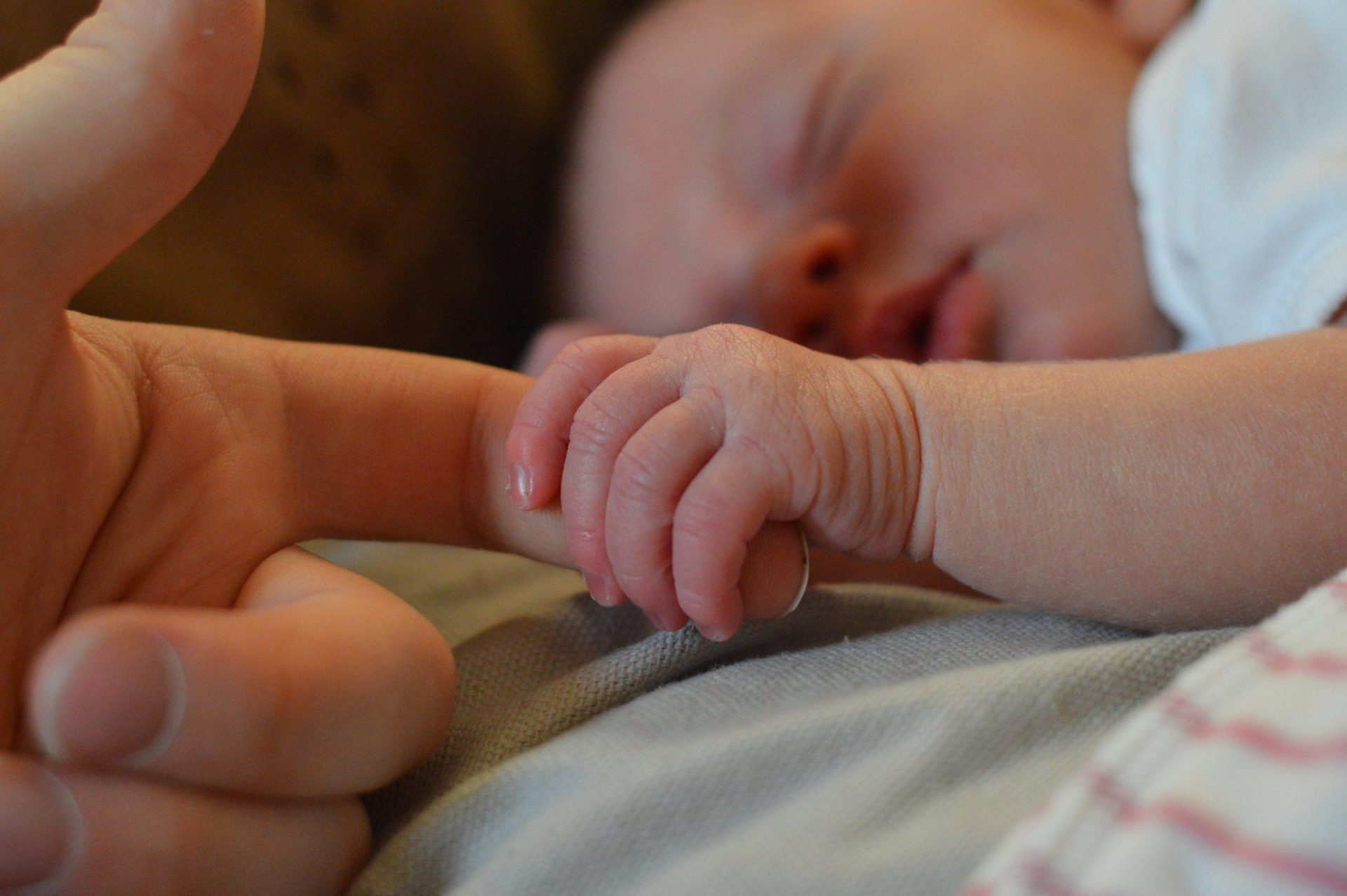Ensuring zero separation for a better newborn outcome
The premature newborns are sometimes inevitably kept separated from their mothers for their compulsory care in the newborn-care nurseries or intensive care units. In Bangladesh’s cultural trend, families and friends usually rush to adore the newborns immediately after their birth. Sometimes the newborn is kept apart from the mother to ensure her relaxed rest.
There are several harmful after-effects from such separation where skin-to-skin contact immediately after birth is tremendously beneficial. Naturally, a mothers’ own body is biologically the perfect place for the best care of a newborn, irrespective of the baby being mature or premature. After a vaginal birth human brain remains most alert from the immediate rush of adrenaline, the hormone of alertness. This adrenaline rush enhances the activities of the lungs, makes the body ready to combat the new environment of the world. Following such an emergency event, a mother’s affectionate touch, hug, smell play a crucial role to calm the newborn brain. If the newborns are kept away from their mothers, the babies’ quiet sleep is observed to be reduced by 86% and the sleep cycle is abolished as well.
In the prolonged absence of a mother’s tender and comforting touch, the newborn initially cries intensely. This switches the release of growth hormone to cortisol. Cortisol diverts all the calories and other neurological resources to ensure survival at the cost of growth. The neurological findings among these separated newborns are similar to the features found among the abused children.
They initially cry intensely and subsequently enters into a ‘state of freeze’ when they find their mother is not responding. At this stage, they remain absolutely still and quiet with their eyes closed firmly. This is not sleep rather is however a state of ‘high arousal’. When such a state persists, a prolonged high cortisol level may initiate some harmful changes, like developing obesity, hypertension, high cholesterol levels and diabetes in later life.
On the other hand, a constant and uninterrupted physical presence of the mother helps the newborn to control all of the different physiologic conditions; known as ‘regulation’. A prolonged maternal regulation helps in establishing the required neural circuits in the brain, resulting in a healthy physiological set-point. The mother’s smell, contact and warmth ‘fire’ a pathway from the baby’s amygdala to its frontal lobe, which connects the newborn’s emotional and social brain circuits.
From the constant contact with her child, a mother also gets tremendous physiological benefits. The eye contact, sound, nipple stimulations – all work together to trigger new neural circuits in the mother, resulting in the release of oxytocin, which increases her breast milk production, as well as, reduces her postpartum uterine bleeding. It also produces a ferocity of defence of the young. The sooner the contact between the mother and her newborn can be ensured, the intense can be the benefit.
Furthermore, early suckling produces prolactin, the hormone necessary to ensure the structural changes of her breasts to its optimal milk production capability. Thus, successful breastfeeding also requires zero separation between a mother and her newborn baby.
Nowadays technology had advanced to such a level that, intensive newborn care can even be ensured by keeping the baby on its mother’s chest, ensuring their togetherness and improved quality of survival.
In this pandemic era when transportation is restricted in many ways, zero separation is a potential for a better pregnancy outcome. Let us ensure the togetherness between the newborn and mother to get a better outcome.
Authors:
Dr Abdullahel Amaan is a Resident at the Department of Neonatology, Bangabandhu Sheikh Mujib Medical University, Bangladesh. E-mail: abdullahelamaan@gmail.com
Dr Khainoor Zahan is a Deputy Director at the Bangladesh National Nutrition Council (BNNC), Bangladesh. E-mail: khainoorzahan@gmail.com
Source: The Daily Star
Reference photo: Pexels


